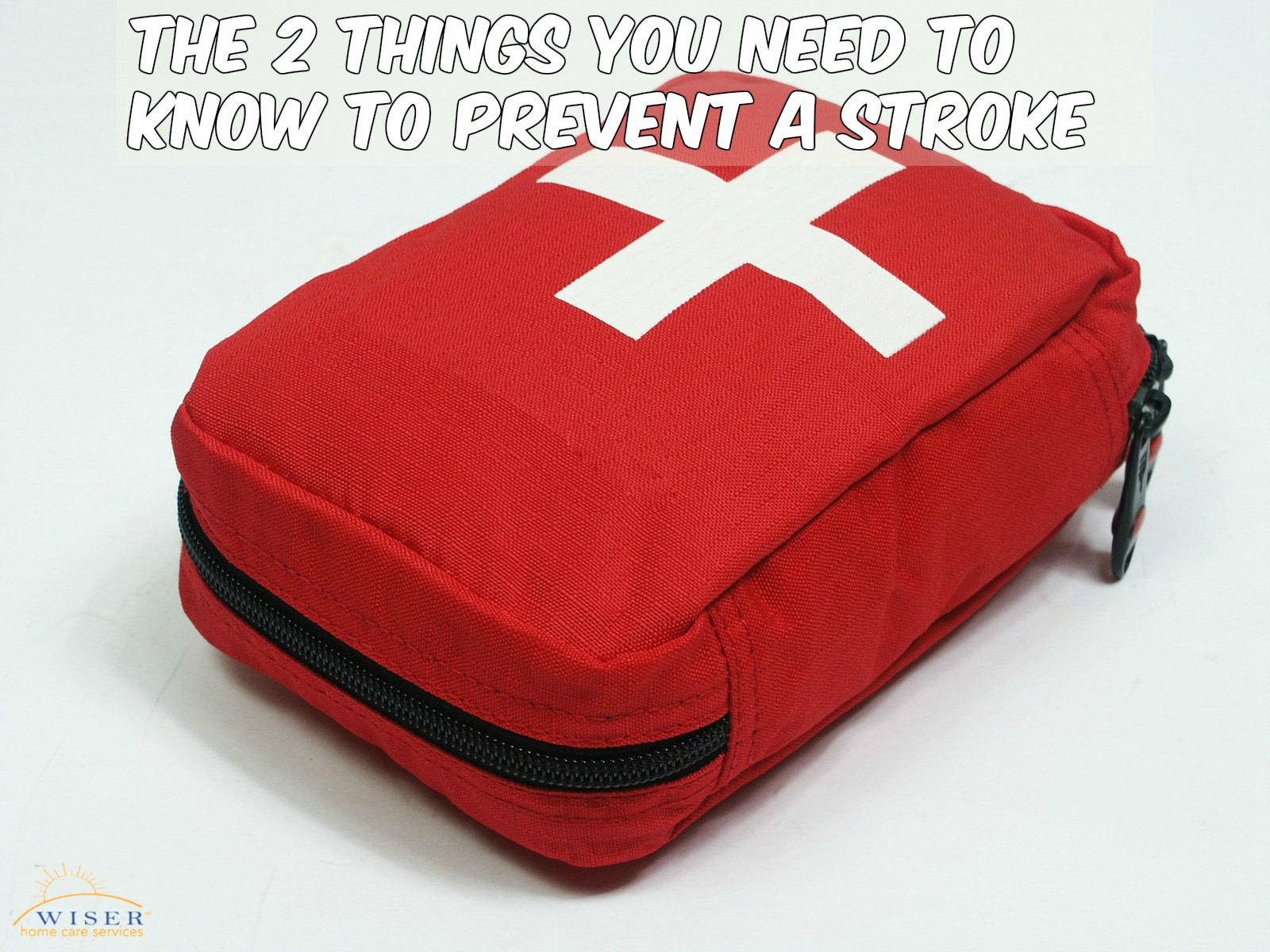Did you know that Strokes are the fifth leading cause of death in the United States? According to statistics, every 4 minutes someone in the United States dies from a stroke. That’s nearly 130,000 people.
Although this is a large number, consider the nearly 670,000 people in the United States each year that suffer from a stroke but do not die. This group of people is extremely susceptible to long term disability due to the stroke. In fact, strokes are the number one preventable cause of disability in the United States. Worldwide strokes are responsible for the loss of 44 million years of healthy life each year.
For something so avoidable, you might be wondering why the public doesn’t have a better handle on preventing strokes in the first place. The answer, like most things, is that people simply aren’t aware of the steps they need to take to prevent them. Which is why the World Stroke Organization established the World Stroke Day campaign.
The goal of this one-day campaign, which took place on Sunday October 29, was to educate communities about the dangers and symptoms of strokes by partnering with doctors and organizations globally to share a united message.
To help do our part, we thought we would share the two most important steps in helping prevent strokes:
- Taking Preventative Measures
- Understanding the Symptoms
The most important thing you can do to prevent a stroke is to avoid behaviors that are known to increase your risk for a stroke such as eating food known to increase blood pressure, smoking, and excessively drinking alcohol. Below are three additional things experts suggest you should do to lower your risk.
-
Eat a Low Salt Diet
Did you know that high blood pressure nearly quadruples your risk of a stroke? To keep your blood pressure at a healthy level we suggest a low-salt diet that is rich in veggies and fruits, as well as exercising regularly. If you or a loved one have been prescribed medication to help regulate your blood pressure you need to remember to take it consistently.
-
Exercise, Exercise, Exercise
Did we mention exercise? We can’t stress this enough. Health professionals recommend aiming for at least 30 minutes of exercise-type activity five days a week. You have probably heard the old phrase “2 birds, 1 stone”, well exercising is “3 birds, 1 stone”. Not only does it increase your cardiovascular health it helps you maintain a healthy body weight and lowers blood pressure. All 3 of which, lower your risk of experiencing a stroke.
-
Visit Your Doctor
The old saying “an apple a day keeps the doctor away” may be funny but you truly shouldn’t live by that mantra. We recommend having regular checkups with your doctor to make sure your body is working the way it should. Some health irregularities that you should keep an eye out for are: atrial fibrillation, diabetes, high cholesterol and atherosclerosis. Each of these can increase your risk of a stroke.
Even if you take all the necessary precautions to avoid a stroke, it might still happen. In that case, it is important to know the signs and symptoms leading up to and right after a stroke.
Considering that each minute a stroke goes untreated nearly 2 million brain cells die, having an awareness of prevention methods and warning signs can ultimately save the life of your elderly loved one.
The American Stroke Association recommends watching for:
- Sudden numbness or weakness in the face, arms or legs
- Quick onset confusion, trouble speaking or difficulty understanding
- Vision issues
- Trouble walking, dizziness and balance issues
- A severe headache that comes up suddenly
- Lack of coordination
Men and women also display stroke symptoms differently. In addition to the above symptoms, women should also be cautious of sudden:
- Hiccups
- Nausea
- Weakness
- Chest pain
- Shortness of breath
- Palpitations
Another good way to remember the warning signs of a stroke are by remembering the acronym F.A.S.T which stands for:
F- Face drooping
A- Arm Weakness
S- Speech Difficulty
T- Time to Call 911
These are just a few of the many ways you can help your elderly loved one reduce their risk of experiencing a stroke. If you would like more help, feel free to reach out to us here at Wiser Home Care Services. We can help your family establish a care plan to personally accommodate your loved one’s needs.

